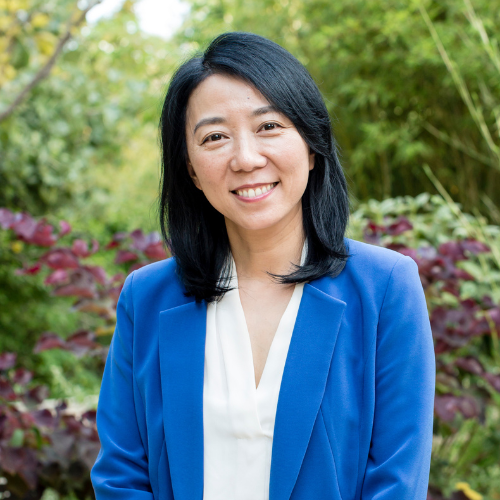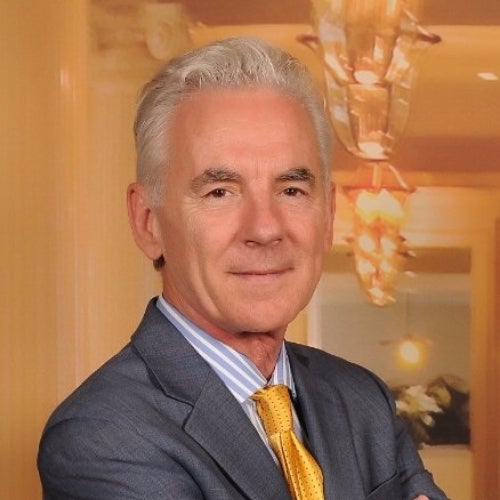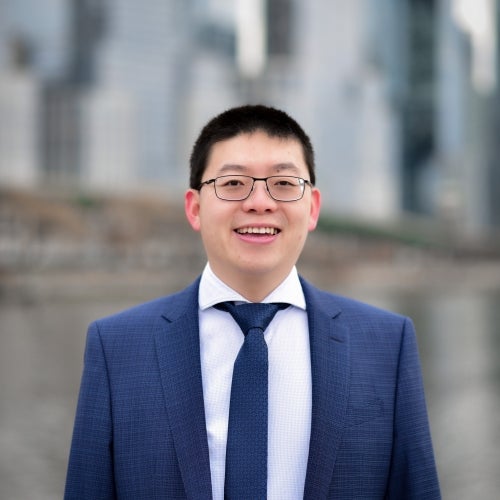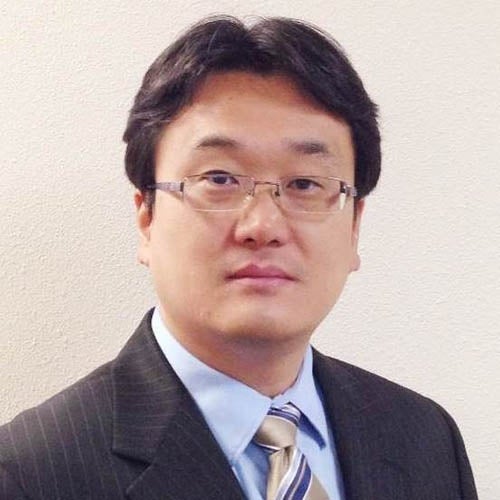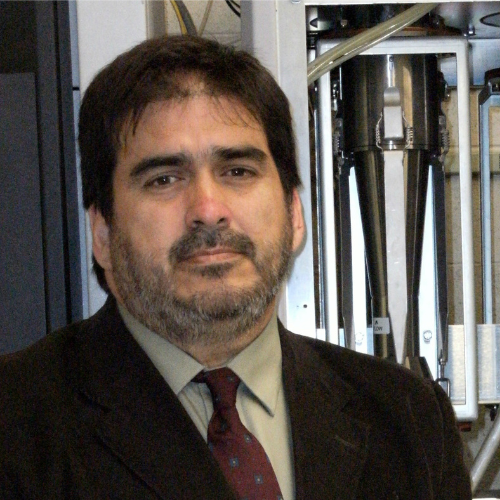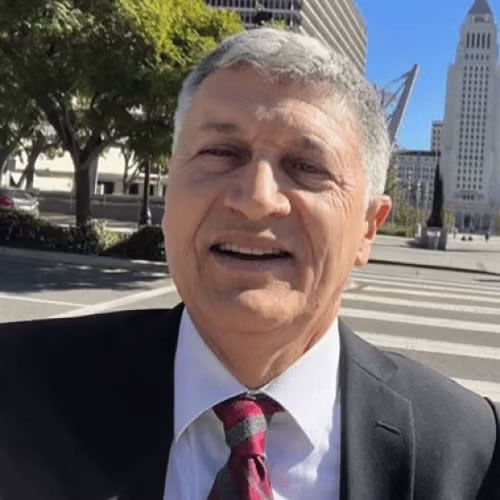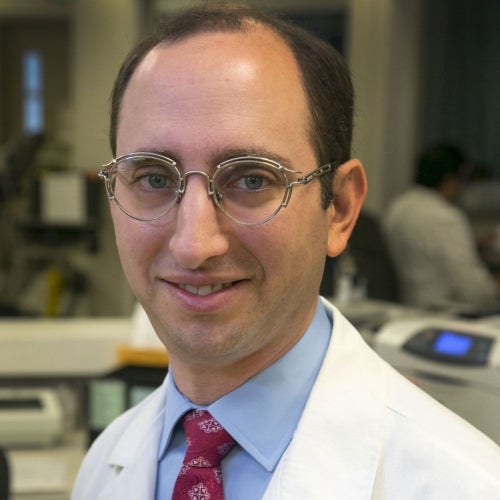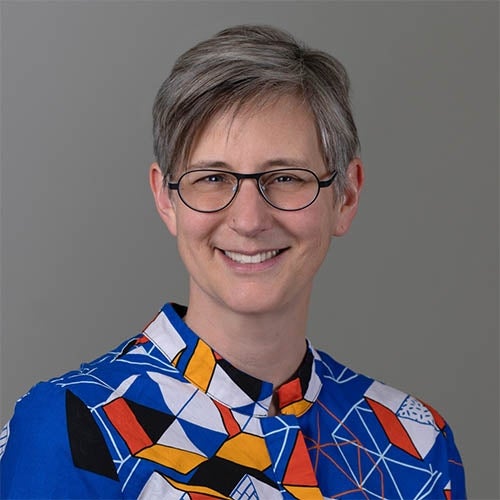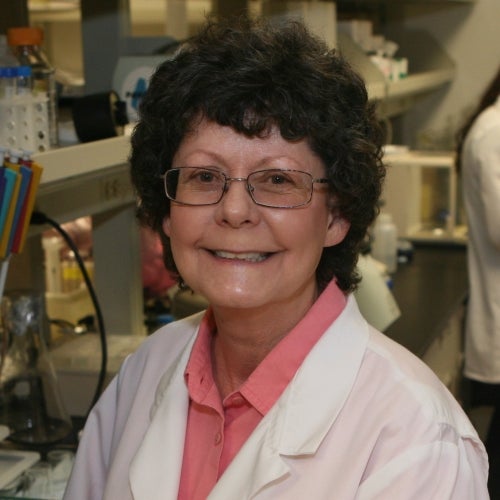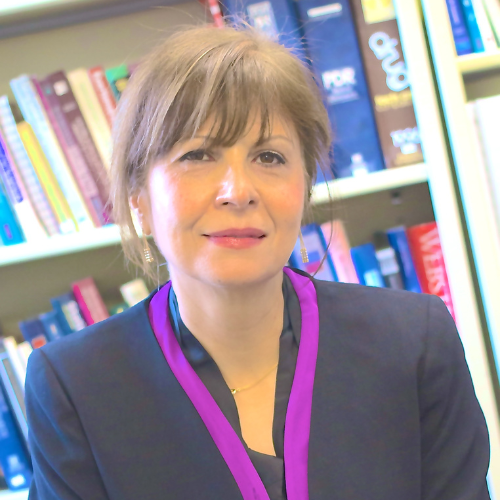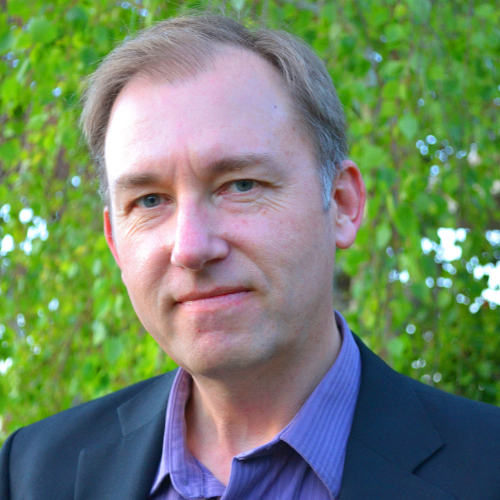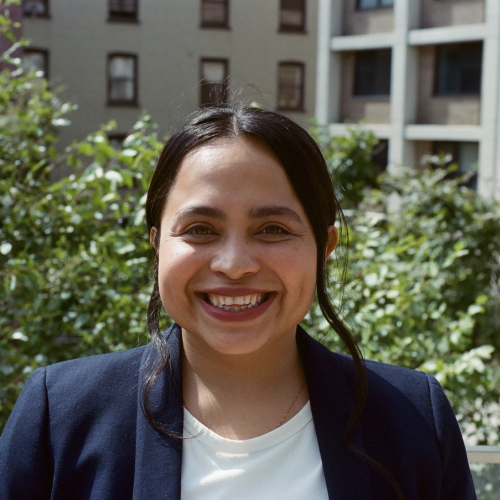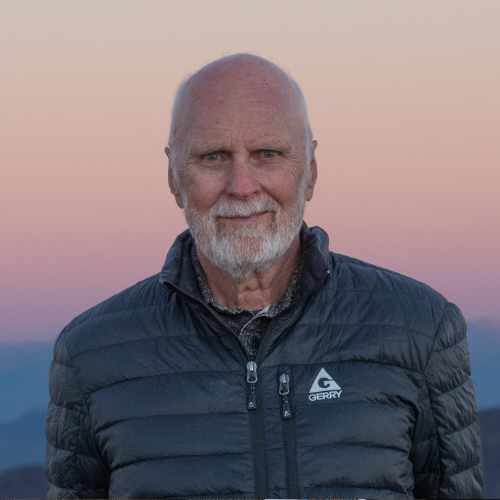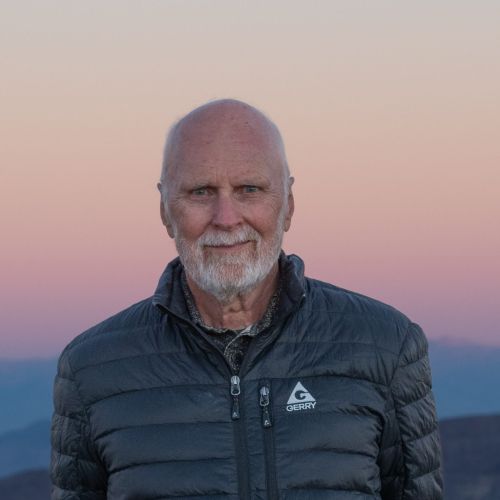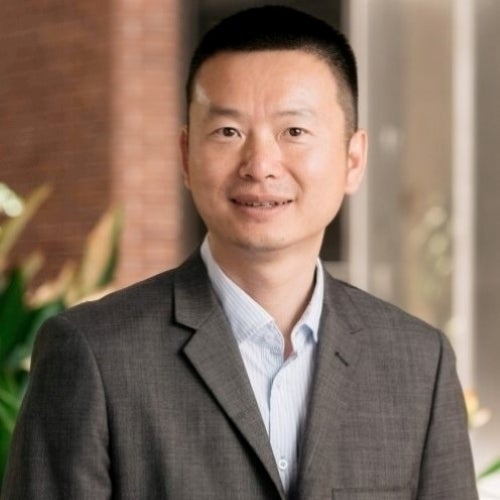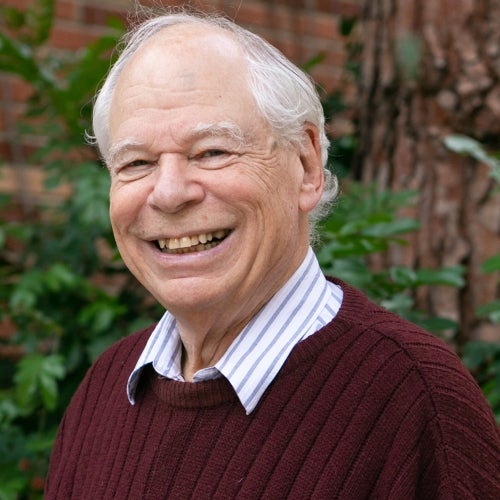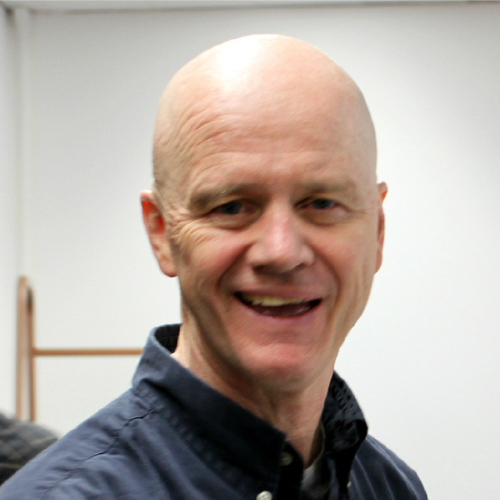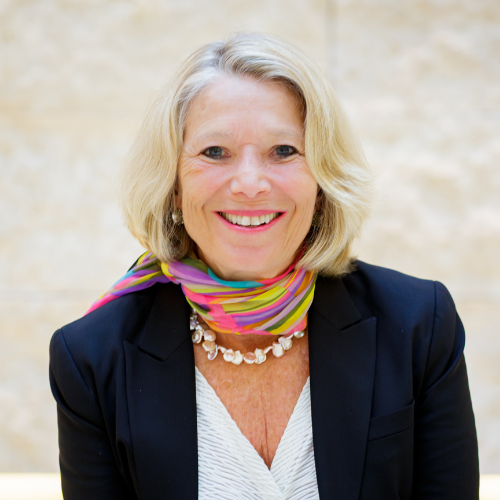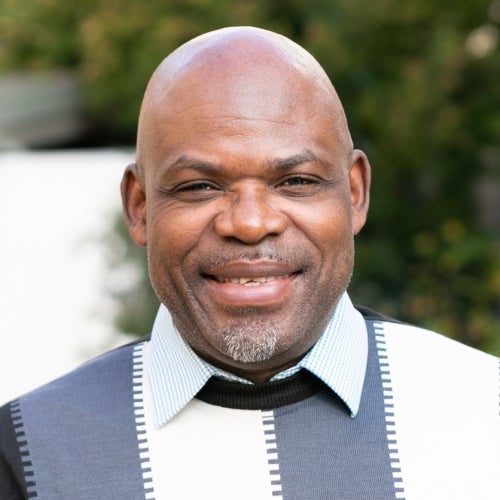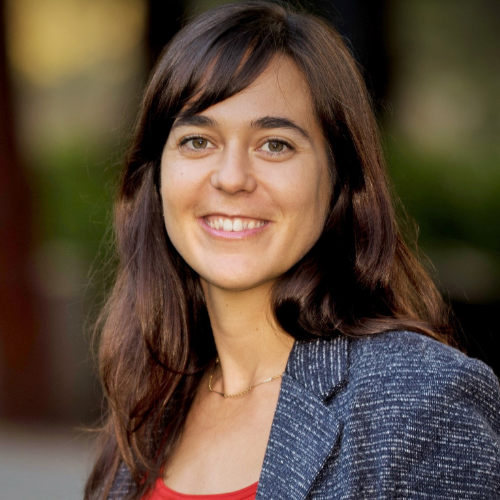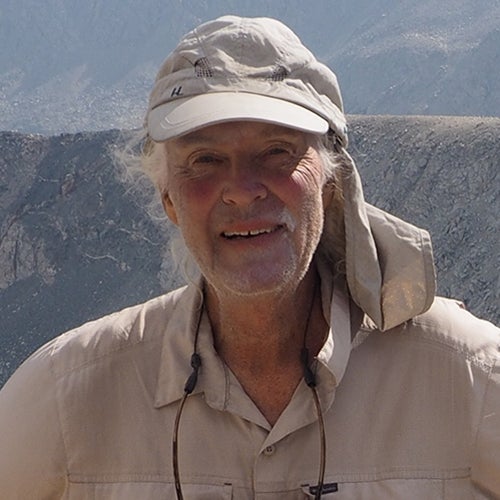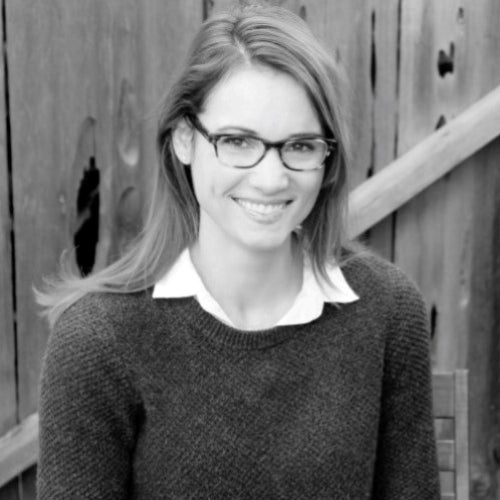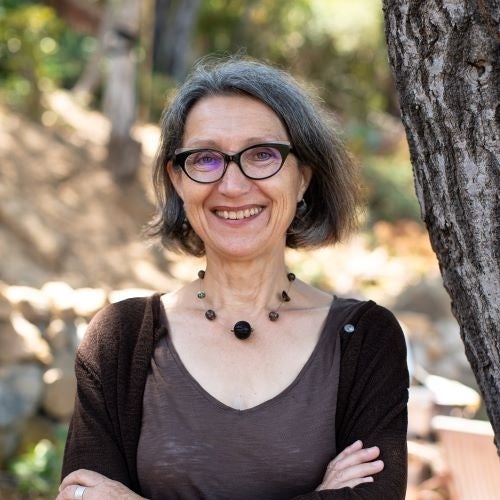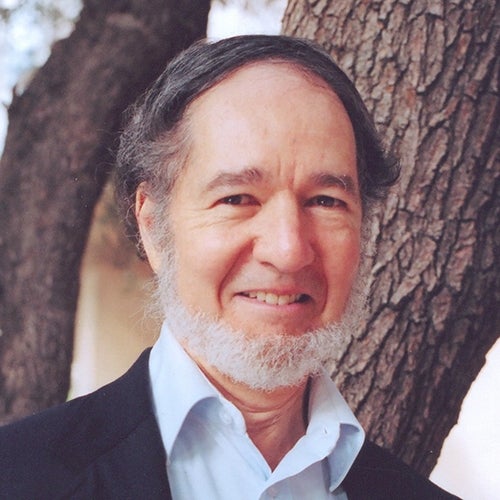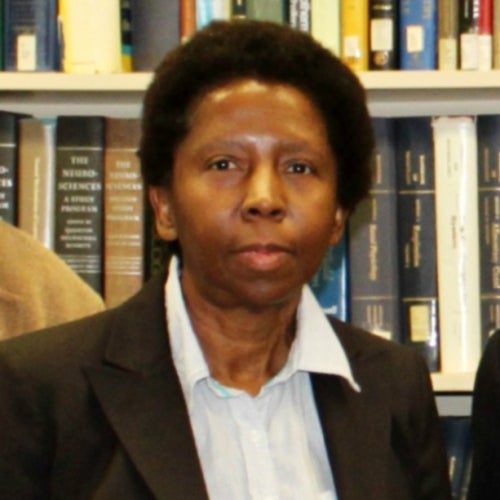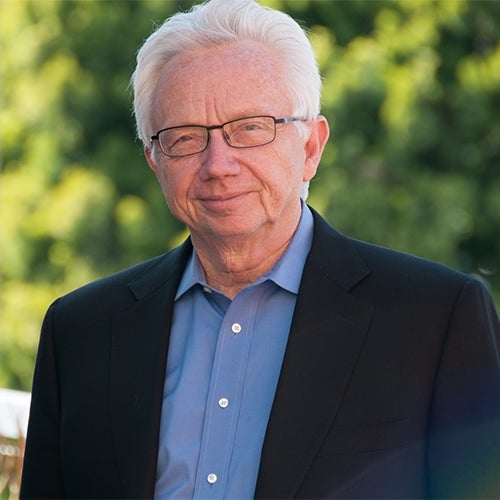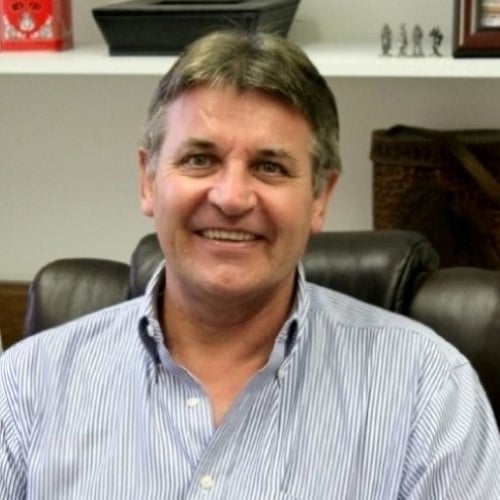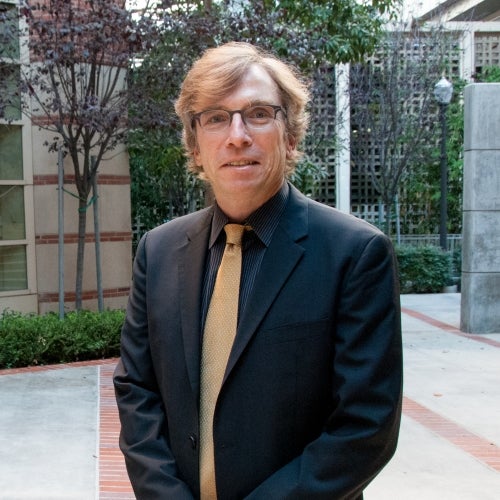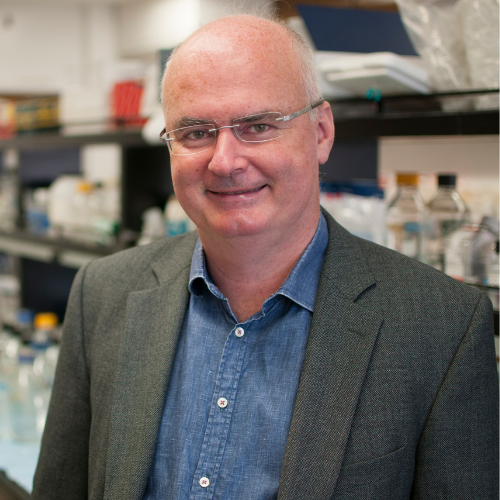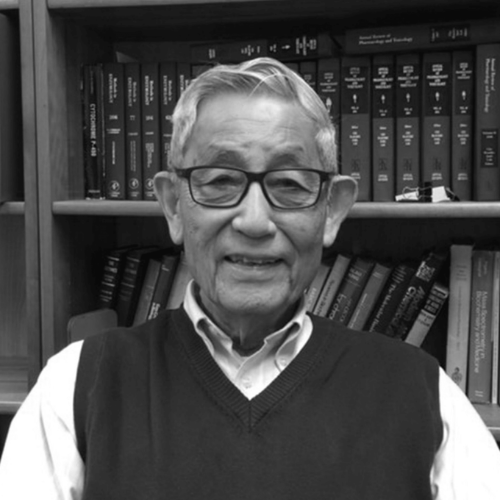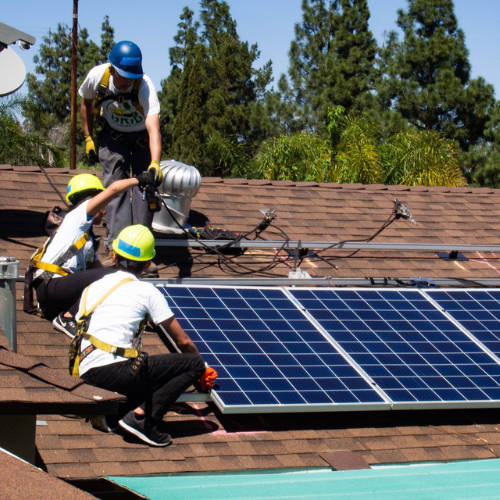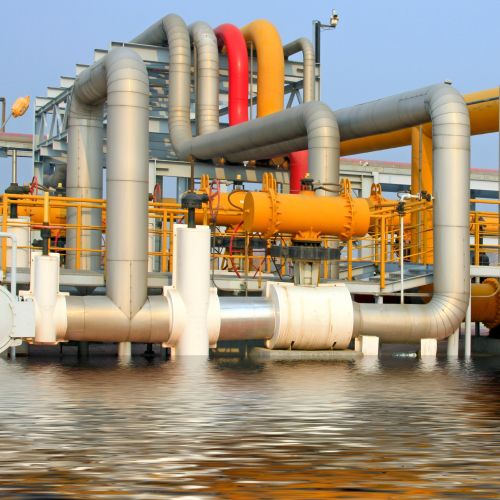Summer air quality and your health: what to know
Dr. Yifang Zhu, UCLA FSPH professor of environmental health sciences, addresses the health effects of air pollution.
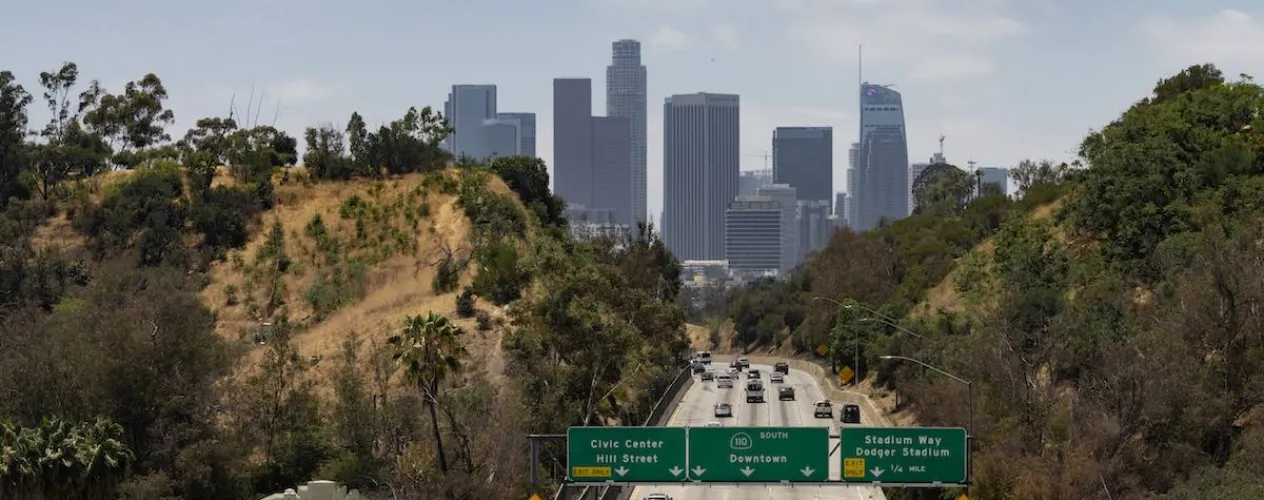
As activities move outdoors for summer, there are a number of factors the public should protect themselves from, including sunstroke, dehydration, allergies and insects. One of the most important to consider, especially in Southern California, is air pollution.
While living in Los Angeles has many pros – proximity to the beach and mountains as well as the weather – these things may also impact the level of air pollution you get exposed to, according to Dr. Yifang Zhu, a professor in the Department of Environmental Health Sciences and senior associate dean for academic programs at the UCLA Fielding School of Public Health.
Air pollution has numerous adverse health effects, including eye irritation, difficulty breathing, inflammation, cardiovascular disease, oxidative stress and even death.
“There are six criteria air pollutants that the U.S. Environmental Protection Agency regulates,” Zhu said. Two major ones are:
Particulate matter, which are small hazardous particles ranging in size (from PM2.5 to PM10) made up of acids, organic and inorganic chemicals, metals, and soil or dust particles
Ozone, which occurs when volatile organic compounds (VOCs) react when nitrogen oxidizes in the air under sunlight
The other four air pollutant categories are carbon monoxide, lead, sulfur dioxide and nitrogen dioxide. “There are also hundreds of air toxins made up of different compounds, in very small amounts that don't normally get monitored and regulated,” Dr. Zhu said.
Of the six criteria pollutants, ground-level ozone pollution is the most likely to affect people in the summer when sunlight is the most intense. Ozone is created from the chemical reaction among sunlight and the pollutants emitted by traffic, and industrial, chemical and power plants. It is the main ingredient in L.A. smog, Zhu said.
Smog intensity can also increase due to something called an inversion.
An inversion occurs when a layer of cool air becomes trapped near the surface or ground by a layer of warm air above the surface. When the air is unable to rise, pollutants remain near the surface, accumulating concentration.
Zhu compares it to air being trapped under a blanket – it’s more difficult for the air to disperse easily, therefore keeping stagnant, polluted air at the surface.
In the Los Angeles Basin, the layer of air close to the surface is cooled by cold ocean air during the day or by the ground at night. The layer above it is warmer and thus, acts like a trap, which keeps pollutants such as traffic emissions and smoke from wildfires closer to the surface.
What people have to look out for in the summer, she says, is engaging in strenuous outdoor activities in areas with high air pollutant concentrations either due to local emissions or upwind emissions of pollution.
“Upwinds are when pollution is emitted in one area and blown into another area due to wind. For example, pollution on the west side of Los Angeles may be blown east and pick up emissions from the freeway along the way,” Zhu said.
Going for a jog in the early afternoon may be the best time to avoid traffic emissions from rush hour, Zhu said.
For people with medical vulnerabilities such as allergies, asthma, pregnancy or for people at an older age, Zhu said it’s important to avoid outdoor activities during high air pollution days or in high pollution areas.
“It’s smart to check the Air Quality Index, however there are challenges because there aren’t neighborhood-level data,” she said.
For those participating in outdoor activities, Zhu recommends:
- Avoid activity during traffic hours in the morning or late afternoon since emissions are usually higher during those periods.
- Avoid activity in areas near major emission sources such as freeways, arterial roads, airports, industrial facilities, etc.
- Be mindful that exposures to air pollution increases during exercise because we breathe in more air, so check air pollution levels (for example: EPA AirNow and PurpleAir) before engaging in strenuous physical activity.
She says though these are examples of individual-level reductions to exposure, policy makers must do more to protect the public – especially those unable to avoid poor air quality due to circumstance and historical and systemic racism in environmental policies.
“Air pollution is a health equity issue,” Dr. Zhu said.
To solve this issue for all people, she said, public health must be integrated into environmental and climate change policy and planning.
by Jocelyn Apodaca
The UCLA Fielding School of Public Health, founded in 1961, is dedicated to enhancing the public's health by conducting innovative research, training future leaders and health professionals from diverse backgrounds, translating research into policy and practice, and serving our local communities and the communities of the nation and the world. The school has 761 students from 26 nations engaged in carrying out the vision of building healthy futures in greater Los Angeles, California, the nation and the world.
Faculty Referenced by this Article
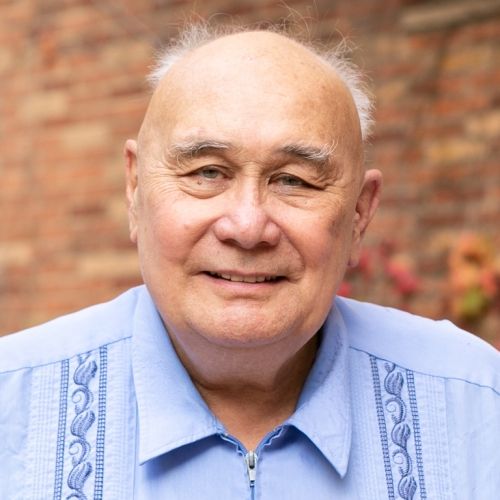
Industrial Hygiene & Analytical Chemistry
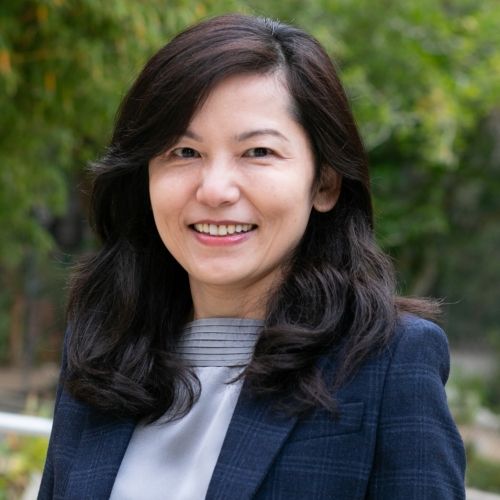
Associate Professor for Industrial Hygiene and Environmental Health Sciences
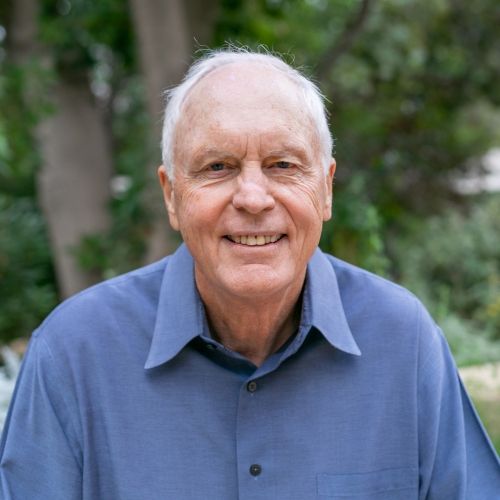
Dr. Hankinson is a Distinguished Professor of Pathology and Laboratory Medicine, and of EHS, and Chair of the Molecular Toxicology IDP
